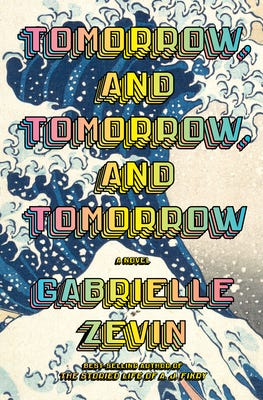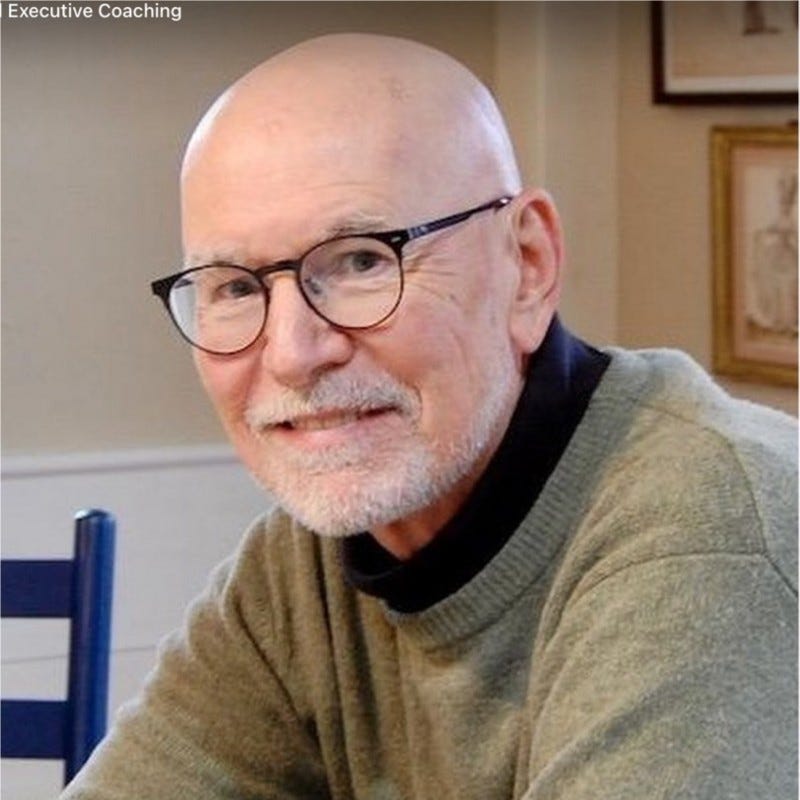A Novel Way of Gaming One’s Life
With Executive and Business Development Coach Marc Friedman
I’ve never been much of an interactive game enthusiast. For whatever reason, it has always felt like a waste of time amid all of the other things I could be doing in life — like reading or traveling.
The story in my head is that people engage in games when they’re bored with life, which I rarely am. Moreover, I’m not one to compete with others, or even myself, which I attribute to my lifelong “yin” nature. Instead of being a participant in the back and forth nature of a game, I prefer watching it naturally unfold (huge March Madness college basketball fan here).
I have also read very few novels in my lifetime. But I must say that the part of my brain known as the reticular activating system (RAS) has been on full blast of late. A bundle of nerves at the brainstem that serves as a filter for unnecessary information, it is the reason why, say, a book that you’ve been hearing about seemingly keeps appearing everywhere in your daily existence for a period of time.
For me, this has been true with a popular new fiction book entitled Tomorrow, and Tomorrow, and Tomorrow by author Gabrielle Zevin. It seems like I keep seeing it, replete with its snazzy cover design, everywhere. Despite the fact that I read very little fiction, it seems like I’m destined to purchase it.
According to the book’s narrative, a character by the name of Sam Masur during his junior year at Harvard sees a woman by the name of Sadie Green while exiting a subway car on a frigid-cold winter day. He blurts out her name but she pretends not to hear him. But as the story goes, she eventually acknowledges him and a game begins, leading the duo on a collaborative entrepreneurial pursuit in the gaming world that overnight becomes wildly successful.
As twenty-five year olds, the two become brilliant, successful, and rich. Yet these attributes eventually run up against the nature of their growing ambitions and betrayals of the heart.
Over the course of three decades, from Cambridge, Massachusetts, to Venice Beach, California, and frontiers far and beyond, Tomorrow, and Tomorrow, and Tomorrow is touted as a powerfully written novel that explores the existential world of identity, disability, and failure; the restorative attributes of play and above all, our need to connect and be loved.
Many book reviews, in fact, have called it an uncommon love story — a tale of a deep loving friendship amid the gamified nature of life — replete with lost opportunities, second chances, and what seems like an infinite number of opportunities.
The constant in Sam and Sadie’s life is their passion for inventing and playing games. Yet, like many flourishing collaborations, their loyalty is tested when fame and success enters their lives leading to conflict and struggles between the two. This despite the loyal support of their friend Marx who once in a Macbeth’s soliloquy directed at Sam and Sadie noted:
“What is a game? It’s the possibility of infinite rebirth, infinite redemption. The idea that if you keep playing, you could win. No loss is permanent, because nothing is permanent, ever.”
The book appears to have many side stories and subplots, on themes like reinvention and the infinite possibilities of life. It also highlights the often complex, painful and at times intolerable nature of life, all captured in the foundational excerpt of the book.
Says the character Marx:
“What is a game? It's tomorrow, and tomorrow, and tomorrow. It's the possibility of infinite rebirth, infinite redemption. The idea that if you keep playing, you could win. No loss is permanent, because nothing is permanent, ever.”
Now, I would like to turn to a few thoughts from my LinkedIn friend Marc Friedman, an executive coach who hails from the New York City area. Here’s what he had to share about his reading journey and his recent trek through the book Tomorrow, Tomorrow, and Tomorrow.
A little about you and the evolution of your reading journey
I was a practicing lawyer for 49 years and for eight years I have been an executive coach. I read about 30 books a year, typically shifting between fiction and nonfiction.
How did you discover the book "Tomorrow, and Tomorrow, and Tomorrow"? What prompted you to read it?
My wife, who is an avid reader, recommended it. I read a review and concluded it would be a splendid book to read.
What are its predominant themes?
One, that creators of works can love each other deeply but not romantically; Two, it poignantly conveys what it is like to live with a physical handicap; Three, the book explains gamers and how video games are created; and four, it explores the metaverse and how some can confuse the metaverse with reality when it becomes the reality in which they live.
In what ways do you believe this book can spark new conversations about tech startups and the relationships that emerge from these sorts of collaborations?
This novel will help many to understand how tech startups are formed and their development into successful businesses. The book explores the relationships between and among entrepreneurs and designers in a startup tech business, and what can be done to make the business successful.
What one thing did you as a reader take away from this book?
I now have a greater understanding of gamers and how videogames are designed, produced and marketed. I also grew my awareness around the metaverse and how, for some, it exists as their reality.
A Note From Diamond-Michael Scott:
“Great Books, Great Minds” is my full-time work and life passion, a labor of love fueled by the endless hours of work I put into researching and writing these feature pieces. So if you enjoy this digital newsletter, find it valuable, and savor world-class book experiences featuring epic authors and book evangelists, then please consider becoming a paid supporting member at $6.00 a month or $60.00/year.








So much of your perspective resonates with me. And if late, I feel a pull to read more fiction. Go with it.